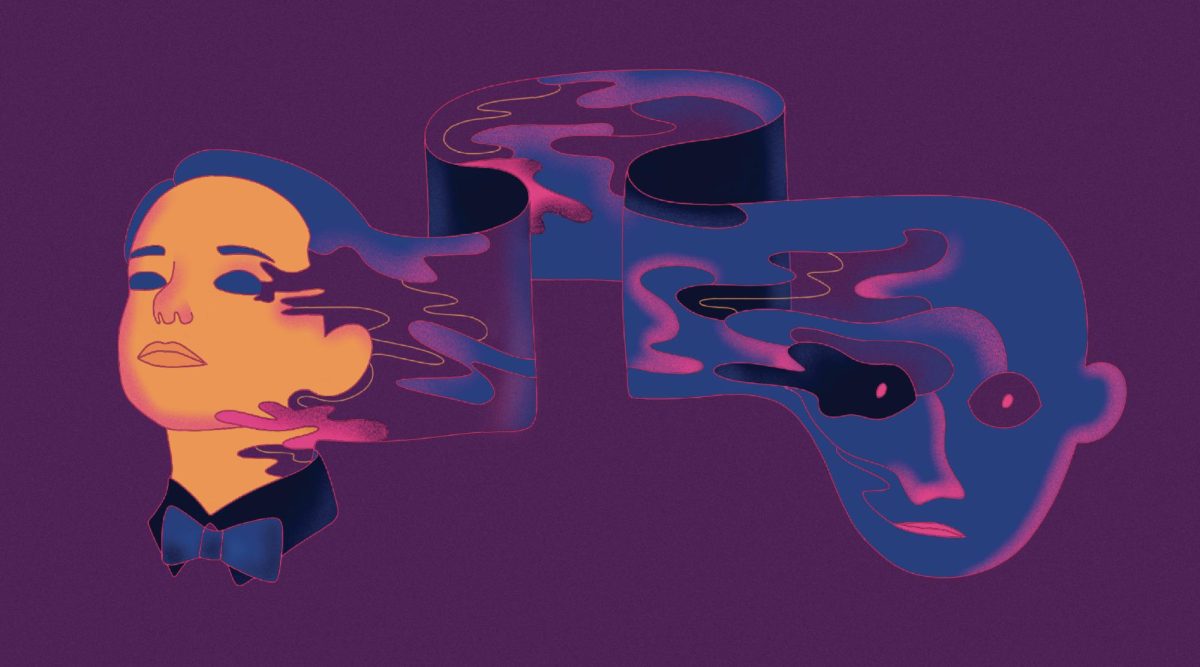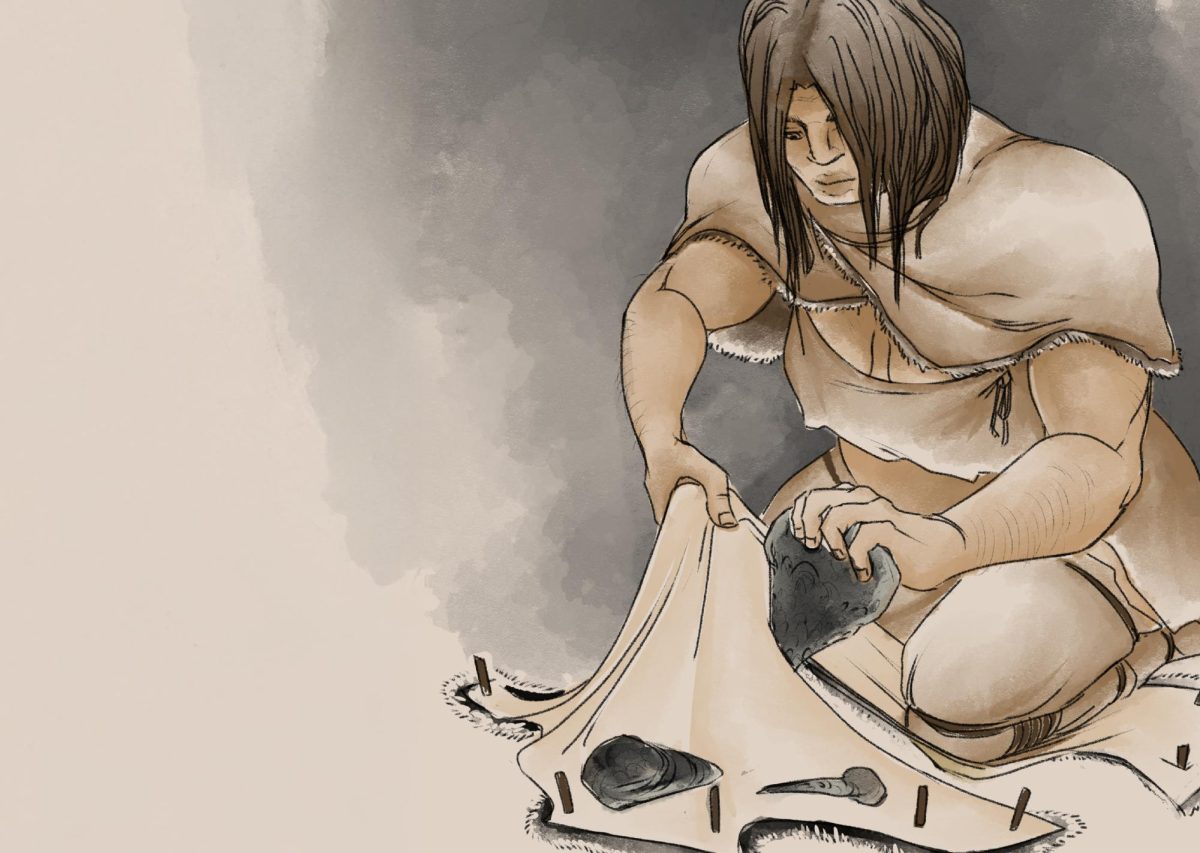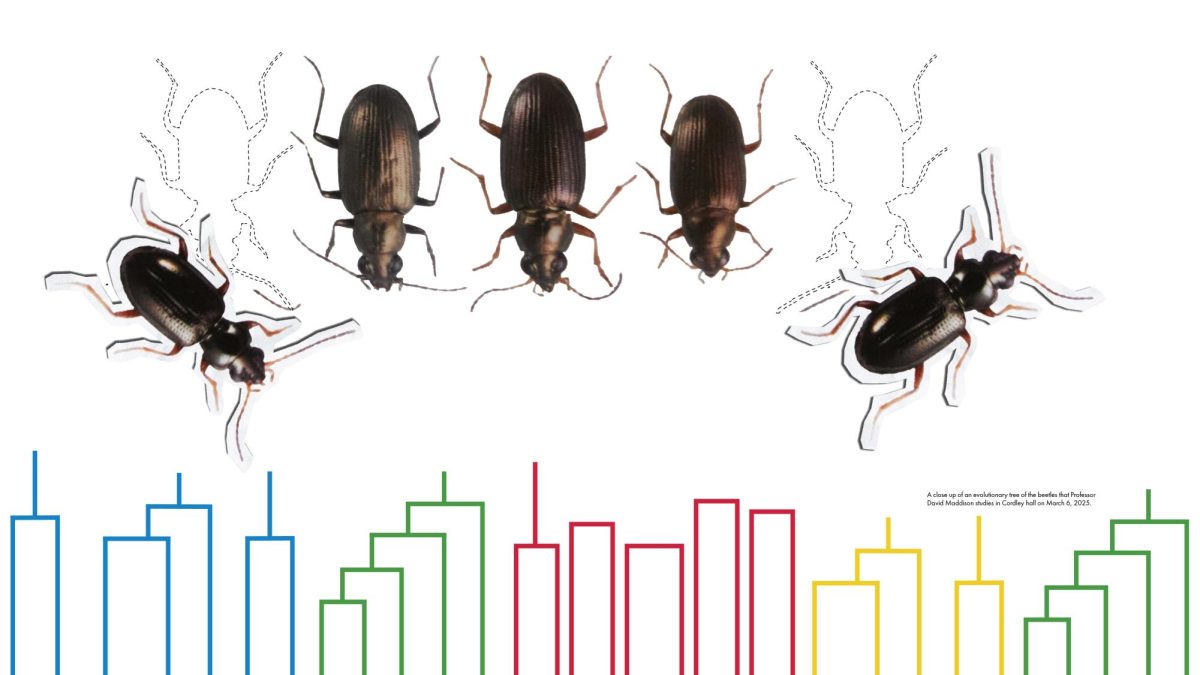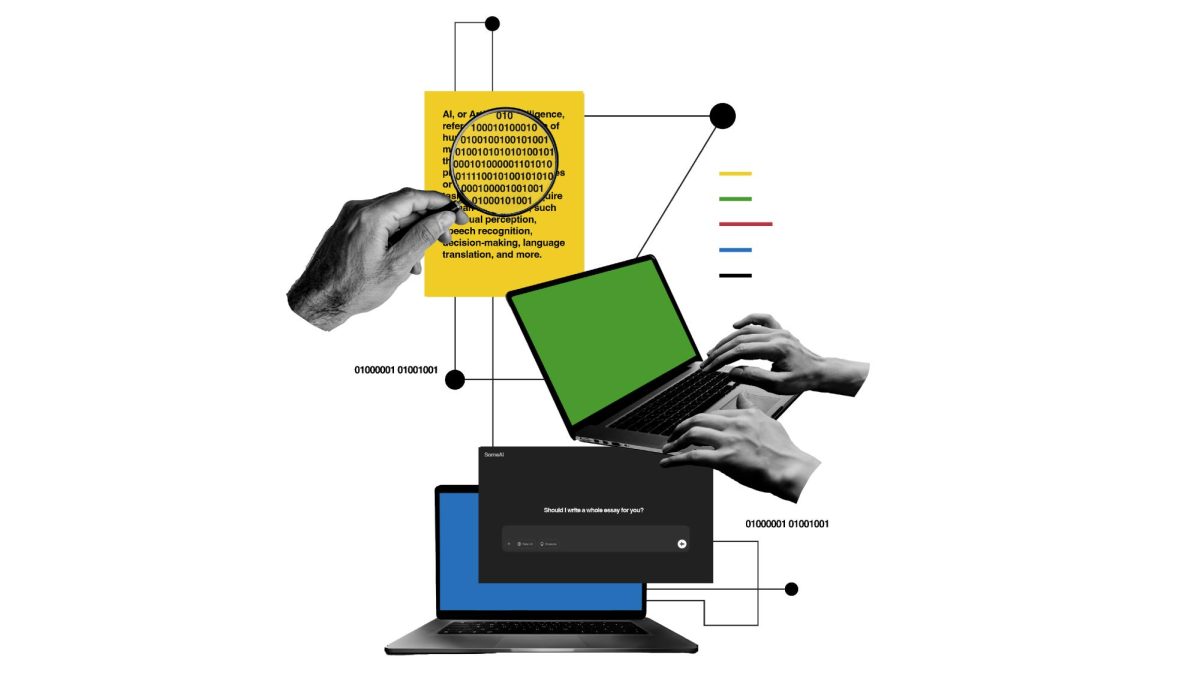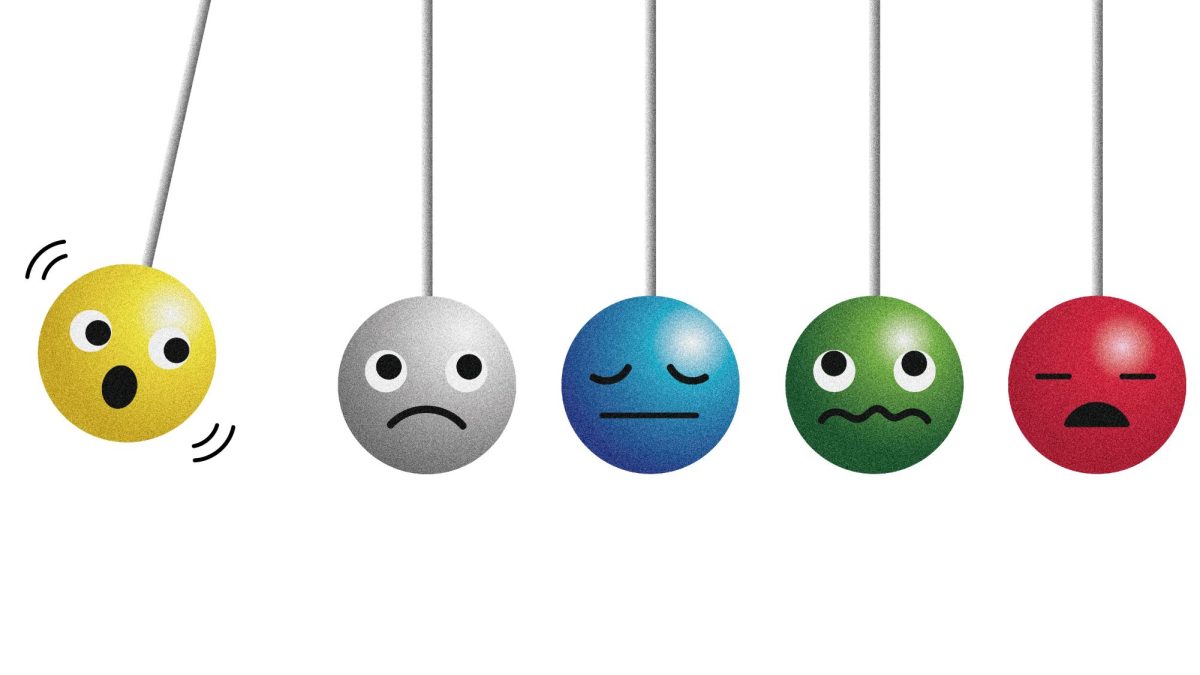Whether on the silver screen or on TV, autistic characters often fail to represent the full array of the autism spectrum, resorting to harmful stereotypes.
In reality, autism can present differently in everyone. Yet, on-screen characters are repeatedly reduced to plot devices, neglecting to exemplify the true diversity of autism.
Common examples of autism stereotypes include savant abilities, trouble creating romantic and intimate connections, a childlike demeanor or a lack of emotion.
Sheldon Cooper of “The Big Bang Theory” is perhaps the most well-known autistic character in popular culture. Although he is not canonically autistic, Sheldon exhibits traits that have earned him the diagnosis from fans.
“If you just talk to one autistic person, you’ve only talked to that person,” said Lindsey Triangles, a second-year business administration major diagnosed with autism. “Everyone with autism is different. It’s a spectrum.”
The National Institute of Mental Health describes autism as a developmental disorder that primarily hinders one’s social behaviors and ability to communicate.
Savant syndrome is a condition frequently associated with autism where someone is especially smart or talented in a certain area, according to the NIMH. It can be seen in fictional characters like Raymond Babbitt from “Rain Man,” Elizabeth Harmon from “The Queen’s Gambit,” and, of course, Sheldon Cooper.
According to Justin Bowman, a Disability Access Services advisor diagnosed with autism, some people assume that all autistic individuals are savants. However, the NIMH reports that only 10% of autistic people are known to have savant syndrome.
“A student might be autistic and then be really smart about something,” Bowman said. “But that is not automatically true. You can have an average IQ and be autistic.”
While this stereotype might not seem negative, it perpetuates the falsehood that all autistic people are exceptional at one thing.
“After I was diagnosed, my family was trying to guess what really good thing I was good at and, I was like, I’m kind of OK at a lot of different things, and there was this expectation (that) I must be super genius in one thing,” Triangles said.
While excelling in science throughout the show, Sheldon falters in social skills, making him appear rude and unempathetic. Bowman emphasized that Sheldon’s rudeness, like his savantness, is not an inherent facet of autism.
Andrew Olsen, a second-year biohealth sciences major with autism, said he relates to Sheldon’s stoic demeanor.
“A lot of autistic coding tends to go (along) with characters who are robotic or alien, which is not an unambiguously bad thing to autistic people,” Olsen said. “A lot of us really relate to those characters and don’t really care that they’re seen as ‘other,’ because we feel that way in real life.”
Olsen explained that he experiences low empathy because he has difficulty understanding his own emotions. “There’s not a lot of understanding of what low empathy actually means, and it’s a completely disconnected idea from how much someone cares,” Olsen said.
Whereas, Bee Jorge, a first-year marine biology major with autism, considers themself highly empathetic. “I try to be understanding and caring to the people around me,” Jorge said.
Despite how autistic characters are portrayed in the media, Jorge said they are capable of romantic and sexual attraction.
Unlike Sheldon’s character, Abed Nadir from “Community” does not exhibit savant syndrome, though he is nonetheless intelligent.
While it is not confirmed that Abed has autism, it is suggested a few times throughout the series. Showrunner Dan Harmon revealed to Wired magazine that the fans’ suggestion about Abed compelled him to pursue a diagnosis and he was eventually diagnosed with Asperger’s syndrome, which has since been reclassified under the autism spectrum.
Abed is also a rare example of an identity that is often underrepresented in media: autistic people of color.
Representation of autistic women is similarly lacking in movies and television, corresponding with the tendency for autistic women to be diagnosed later than men.
Daria, from the ‘90s cartoon “Daria,” is among a mere handful of women characters on television who are perceived as autistic. Though she is also not identified as autistic in the show, she displays autistic traits like a monotone voice, muted facial expressions and a curt attitude.
“I got diagnosed much later in life than a boy, I think, would have typically gotten diagnosed,” said Jorge, who was diagnosed at 14, while their mother was diagnosed in her 30s.
According to the Child Mind Institute, a part of the reason women go underdiagnosed is because they are found to mask, or veil, their autistic traits more heavily than men.
Jorge posited that the lack of autistic female characters reinforces the notion that girls can’t have autism, therefore compounding barriers for autistic women seeking diagnoses.
“I definitely would love to see more women with autism in (the) media that are portrayed, not just as their special interest, but as complex characters with lives (and) romance,” Jorge said.

